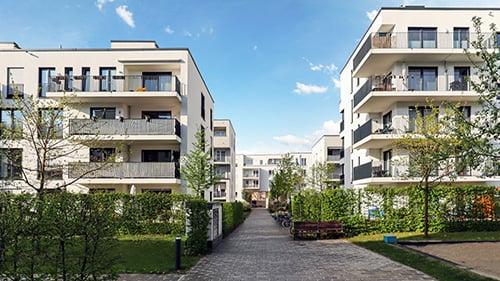Exploring the Effect of Ethernet Protocols on Enhancing Web Access in Multi-Dwelling Residences
Exploring the Effect of Ethernet Protocols on Enhancing Web Access in Multi-Dwelling Residences
Blog Article
Network protocols serve a vital function in improving web connectivity, particularly in multi-dwelling buildings (MDUs) like flat buildings and condo complexes. These standards outline how data is communicated over networks, guaranteeing that equipment can communicate efficiently. As more individuals rely on the web for employment, education, and leisure, having a reliable and high-speed connection in MDUs has grown increasingly essential. By understanding networking standards, building managers and tenants can make knowledgeable decisions about their web services, resulting to better access for everyone.
One of the key Ethernet standards is IEEE 802.3, which details the requirements for wired Ethernet links. This standard has evolved over the years, introducing faster speeds and enhanced efficiency. For instance, the original Ethernet standard provided speeds of 10 Mbps per sec, while newer versions, such as Gigabit Ethernet, can offer rates of up to 1,000 Mbps. In MDUs, where numerous residents utilize the common internet connection, having a high-speed Ethernet system can greatly improve the total user interaction. Quicker rates mean faster downloads, smoother broadcasting, and more reliable video conferences, which are crucial for off-site employment and online learning.
Another important feature of Ethernet protocols is the implementation of organized wiring infrastructures. These systems organize and manage the system cables that connect devices within a building. By adhering to the principles set by Ethernet standards, MDUs can ensure that their wiring is effective and efficient. This organization helps minimize interference disruption and enhances information transfer standards. Additionally, organized wiring enables for simpler upgrades and maintenance, making it simpler for property administrators to adjust to evolving tech requirements. As web utilization persists to grow, having a properly organized wiring system becomes vital for maintaining high-quality connectivity.
Power over Ethernet (PoE) is another significant advancement in Ethernet technology that benefits MDUs. PoE allows network cables to carry electrical power along with data, removing the requirement for individual electric supplies for equipment like safety monitors, Wi-Fi connectivity nodes, and VoIP devices. This capability streamlines setup and minimizes clutter, making it easier to set up a comprehensive network in multi-unit buildings. By leveraging PoE, building administrators can improve safety and improve web connectivity throughout the complex without the extra cost of extra power installation.
In summary, Ethernet protocols have a profound impact on web access in multi-dwelling units. By offering faster speeds, organized wiring, and innovative see capabilities like Power over Ethernet, these protocols help create a dependable and efficient network for tenants. As technology continues to progress, staying informed about Ethernet protocols will be essential for property administrators and residents alike. By investing in the appropriate infrastructure, MDUs can ensure that all tenants enjoy a smooth web experience, rendering their homes more connected and accessible.